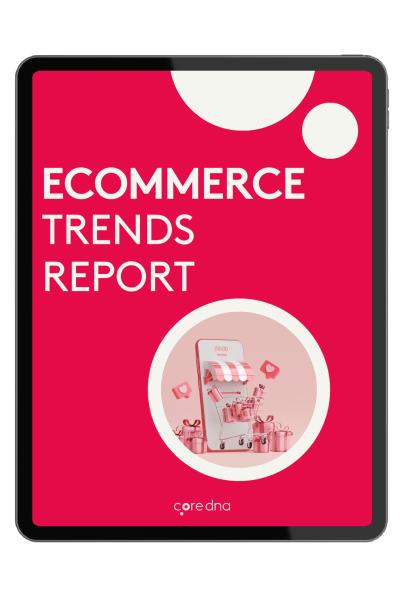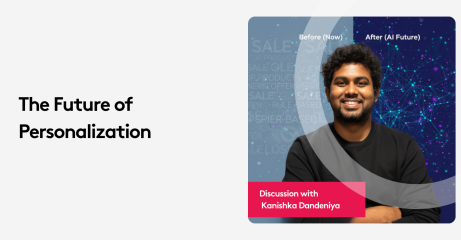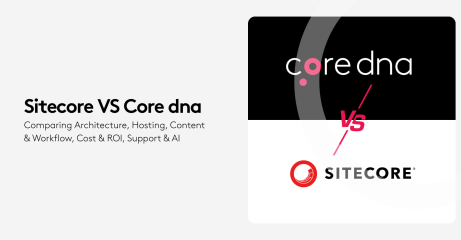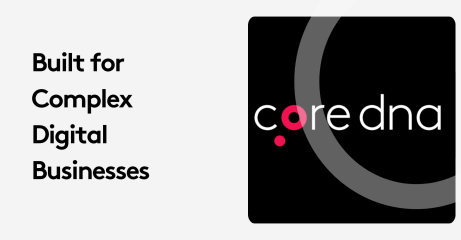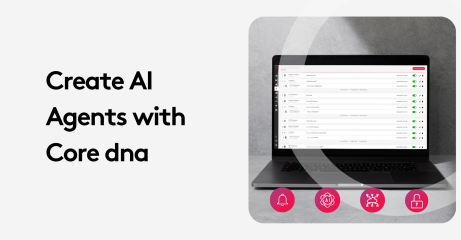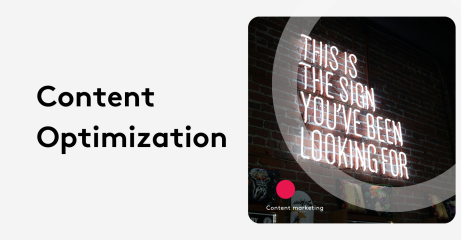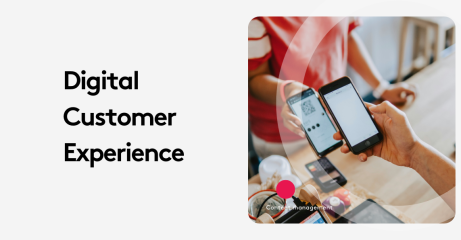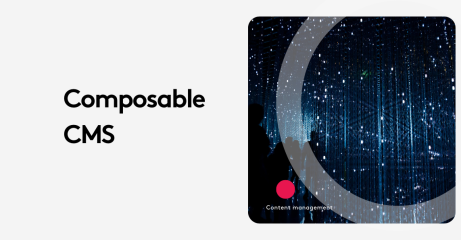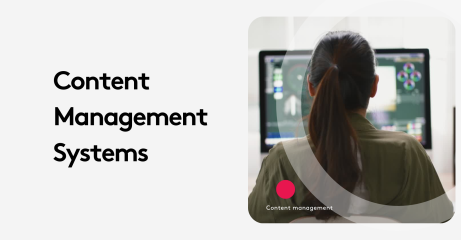Why Content as a Service is a Game-Changer for Marketers
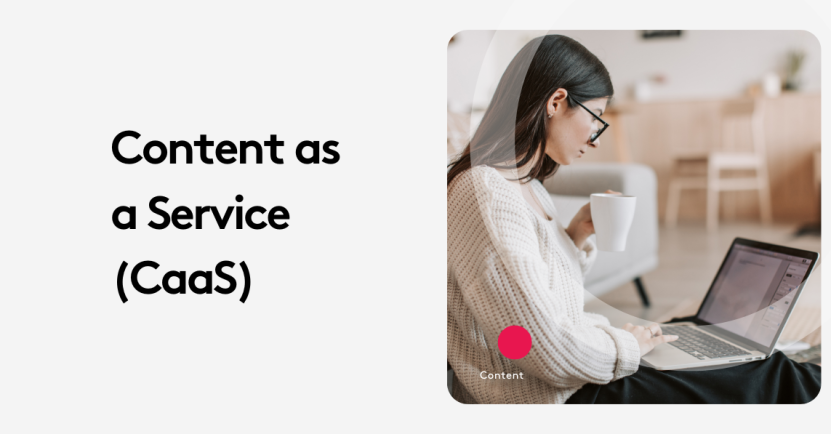
Content as a Service (CaaS) is emerging as a must-have solution for brands looking to scale their digital presence. By decoupling content from the front-end presentation, it enables marketers to deliver personalized experiences across a growing number of devices and platforms.
Brands are always seeking ways to get the right content in front of their customers. But, with the escalation of digital touchpoints throughout the customer journey, it can be challenging to manage and deliver content to multiple channels effectively.
That’s where CaaS comes in. Just like the SaaS model has disrupted the software vendor market, CaaS can also change how we view content authoring and management.
In this article, we’ll explain what content as a service truly means, the use cases where it can have the most impact, and how brands can leverage it to the fullest in conjunction with a headless CMS.
Key takeaways
- Centralized Content, Unlimited Channels: Content as a Service (CaaS) centralizes content management, enabling marketers to effortlessly deliver content across multiple digital touchpoints through APIs.
- Future-Proof Flexibility: By separating content from presentation, CaaS allows brands to quickly adapt to new channels and technologies, making content distribution agile and scalable.
- Enhanced Customer Experiences: CaaS supports personalized, omnichannel marketing strategies, providing customers with consistent and tailored experiences across every interaction.
- Collaboration & Efficiency: With content decoupled from frontend design, marketers and developers can collaborate effectively, speeding up content delivery and simplifying multi-channel management.
On this page:
What is Content as a Service (CaaS)?
Content as a service (CaaS) is a method for brands to access structured content stored in a content management system (CMS) and then deliver it in a format that can be consumed by various channels through APIs (such as GraphQL or REST).
CaaS represents the next stage in the traditional content management and delivery process and has become necessary to fill the gaps where traditional CMS platforms failed.
Why is Content as a Service (CaaS) needed?
In years gone by, traditional CMS platforms typically only needed to be concerned with one channel, the brand website. As a result, the CMS was tightly coupled to the website; meaning content stored in the repository would be delivered to the frontend without issues.
However, the traditional CMS never evolved in conjunction with the number of channels available today and couldn’t predict how these channels would impact the desired customer experience.
Brands interact with customers through different touchpoints. However, as a result of new technologies, most significantly the internet of things, there are now far more touchpoints than ever before, and that number continues to grow. According to Gartner, the number of IoT endpoints will grow to 5.8 billion by the end of 2020. This represents an increase of 21% from 2019, which also had an increase of 21.5% from 2018.
With the IoT, brands and customers now have more touchpoints where they can interact, including websites, mobile apps, kiosks, tablets, and other smart devices. As a result of these increased numbers of channels, the expectations of the customer have also changed.
Now, customers expect brands to offer them omnichannel marketing and personalization across every touchpoint. The monolithic nature of the traditional CMS means that it just can’t keep up, so content-as-a-service is required to facilitate delivery to these channels.
How does Content as a Service (CaaS) work?
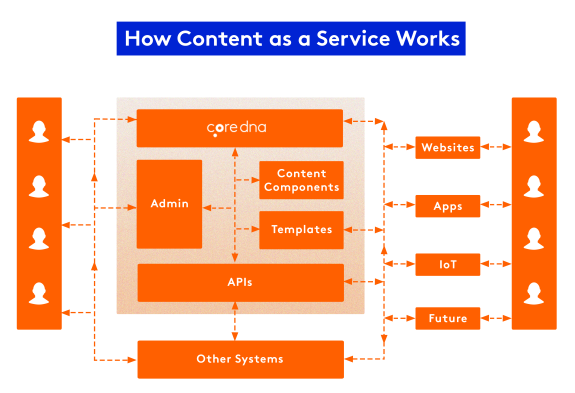
CaaS provides a single source of truth for content using an API-first and content-first architecture. Content is created and stored in the backend CMS, where it’s made available for delivery to the presentation layer of choice.
A traditional CMS platform takes a channel-first approach, with each channel having its own presentation layer. However, to successfully use multiple channels with a conventional content management approach requires large amounts of integrations and coordination on the part of both marketers and developers. With so many more channels to worry about, this isn’t feasible in today’s landscape.
With CaaS, content gets pulled from the backend repository and delivered to the presentation layer where it’s required, as necessary, without marketers and developers having to worry about one channel at a time.
Characteristics of a Content as a Service (CaaS)
These are the ways a content as a service solution differs from a traditional content management system.
1. Fragmented or structured content
Content is separated into fragments rather than the large page blobs. This removes the design and layout structure of the content and makes it easier for content to be pulled from a repository before it’s delivered to a specific channel.
2. Decoupled infrastructure
The separation of the backend content storage and management layer from the frontend presentation layer mirrors the headless CMS approach, making the CMS architecture much easier to handle and preventing marketers and developers from slowing each other down.
3. Cloud hosted
Similarly to software as a service, content as a service leverages the cloud to make the storage, delivery and scaling of resources easier. Rather than store resources on your own server, your vendor can provide everything you need.
4. Separate presentation layers
Separate presentation layers facilitate the creation of customized front ends to fit different channels and yield better digital experiences.
How Content as a Service (CaaS) benefits your brand
Content as a service can provide several benefits to brands as it relates to bettering the customer experience.
1. Custom user interfaces for all of your channels
When content and code are tightly coupled together, then it’s difficult to break free and deliver content to the multitude of channels available today. Software and digital touchpoints have evolved, so brands need a way to provide content to custom websites, apps, or front ends like single-page apps (SPAs), progressive web apps (PWAs) and more.
CaaS is that way, as it allows brands to build and customize frontends to suit their needs and get the right content in front of their customers at the right time. CaaS also acts as a future-proof technology, allowing brands to create frontends for channels that aren’t as commonly used or have yet to be invented.
For example, many brands offer digital kiosks inside of physical locations. With CaaS, brands can build custom user experience on kiosks such as these and not just the corporate website or a mobile app.
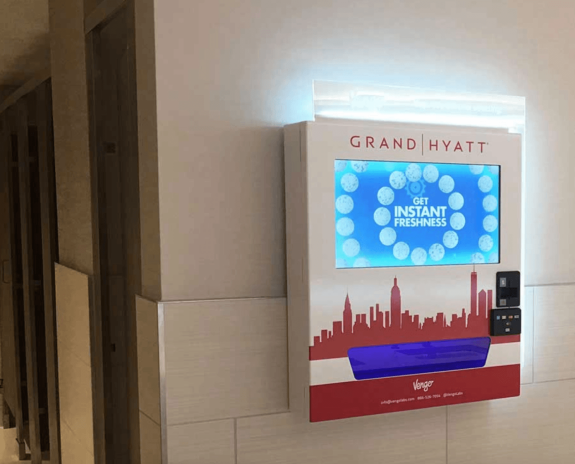
2. Omnichannel marketing improves the customer experience
Customers of today want content delivered to them on multiple platforms. It’s not uncommon for a customer to begin searching for a product on a laptop then return to it later on their phone and then finally choose to order it using their tablet or smart speaker.
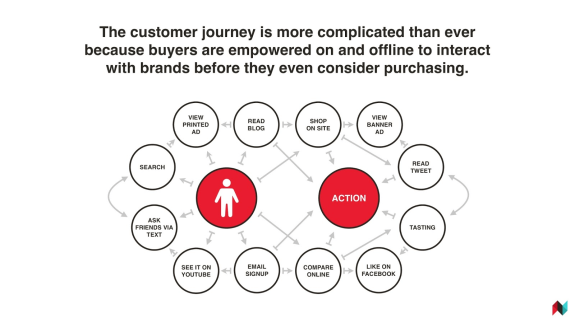
Consequently, brands need to be able to market to their customers at each of these touchpoints and do it in a synchronized way through omnichannel marketing. CaaS makes omnichannel possible through multichannel publishing and reusable content.
CaaS’s content-first approach means that brands can publish content to any channel they choose by using APIs.
It also means that content can be reused across these channels without too much additional work needing to be done by marketers or developers.
For example, take Apple’s suite of products: Mac computers, tablets, iPhones, watches and more. Many people will purchase all of these products. Each of these products also counts as a channel where a brand can publish content.
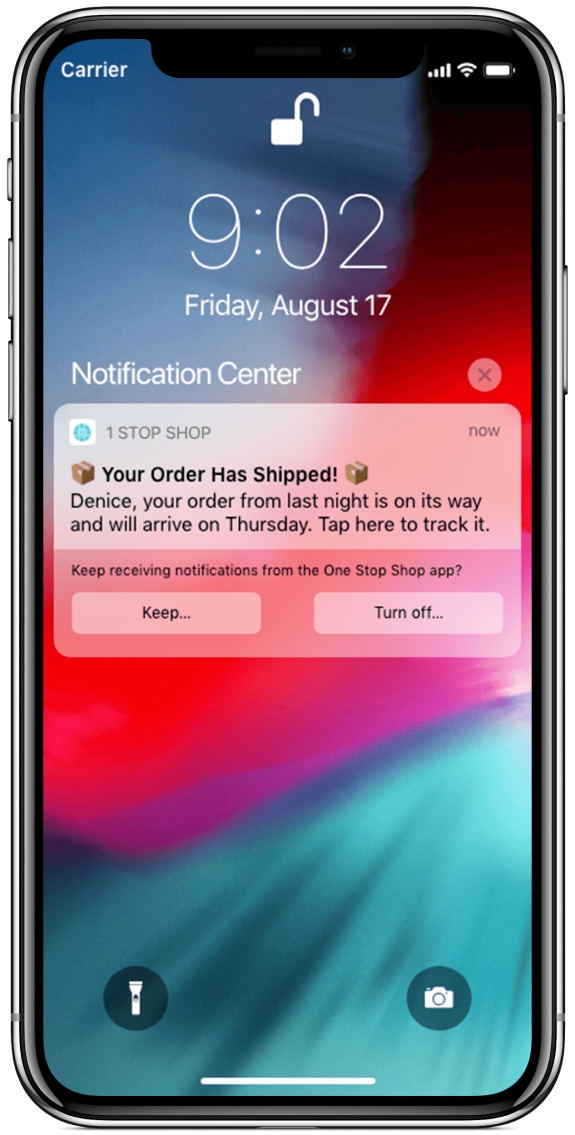
Through CaaS, brands can utilize omnichannel marketing to create a connected and personalized user experience across all channels, catered to the user. With omnichannel marketing, brands can then maximize their revenue through omnichannel commerce.
3. Personalized product recommendations and pricing strategies
To say that personalization is a vital piece of the marketing puzzle today would be an understatement. However, getting personalization right requires brands to have access to large datasets on their customers.
With CaaS aiding in the management of content for multiple channels, brands can gather more data on their customer’s preferences and then personalize content for them.
For example, one of our clients, Randy’s Worldwide shows different pricing based on different user groups. Here’s what a group sees:
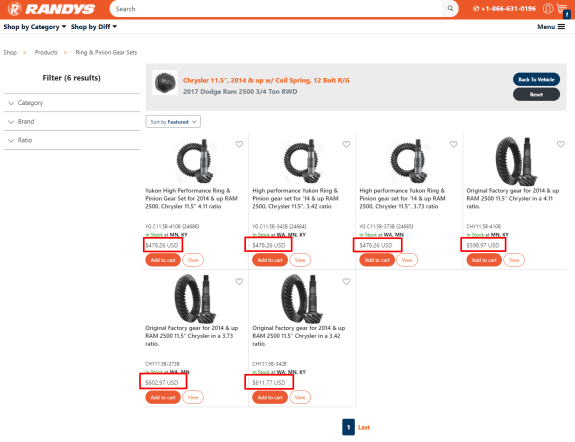
But if the user belongs to a different user group, the price changes:
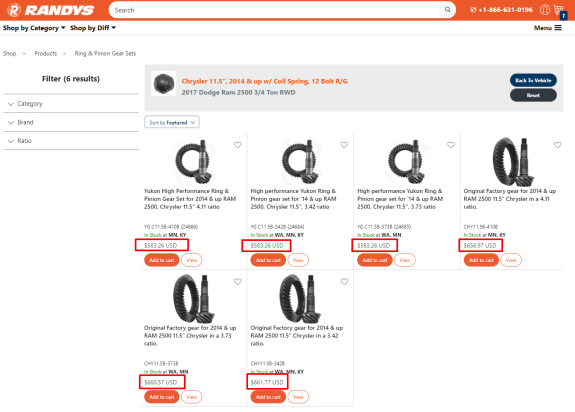
So...we just need a headless CMS?
The API-first approach and decoupled infrastructure will have many believe that CaaS is simply another term for a headless CMS. While a headless CMS gives you the technology you need to store content centrally, and then distribute that content anywhere and everywhere, at the end of the day, it is only technology.
On the other hand, CaaS includes the overall content strategy and takes a holistic view of all content within an organization. A headless CMS is the how, but content as a service is the benefit that comes from having a headless CMS. Many brands will get a headless CMS but fail to implement an effective content as a service model to go along with it.
The headless CMS initially served as a use case for developers only. It increased the flexibility and agility of IT teams and avoided the limits of a traditional CMS, but it didn’t provide marketers with the same access to tools and templates. Over time, pure headless eventually became hybrid headless to account for the lack of marketer resources.
Content was once simple to publish to a website. However, more channels have increased the complexity of the entire system and also makes more people involved, advancing the CMS from more than just a content repository. When headless architecture is implemented without factoring in the whole organization, silos can be created, which leads to problems creating the best digital experiences.
CaaS can help break up silos and allow for omnichannel marketing, personalization and other use cases to flourish. Content management is now agile, and CMS implementations need to be faster as well as support more channels.
CaaS adds content practitioner tools to content authoring, management and API delivery needed to succeed in a content-first world. Assets can be reused across channels and the entire process then supported by agile project management methods.
How Content as a Service (CaaS) is the key for marketing and developers
While CaaS provides several benefits for the customer, the model also benefits both marketers and developers, empowering them to create better digital experiences.
With CaaS, marketers can deliver this content to any channel they require, whether it’s the web, mobile, a smart device or something else.
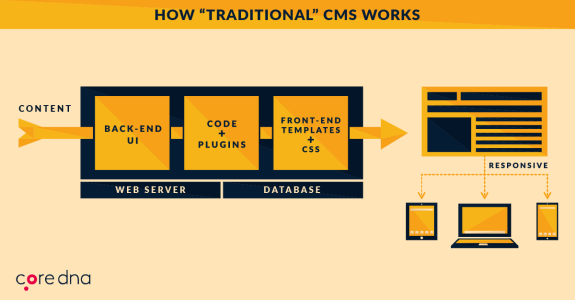
Traditional CMS platforms may have worked well in the past, but it’s too costly and time-consuming to have separate solutions and content teams for every channel.
Instead, with a CaaS a single unit can manage one MarTech stack much more efficiently.
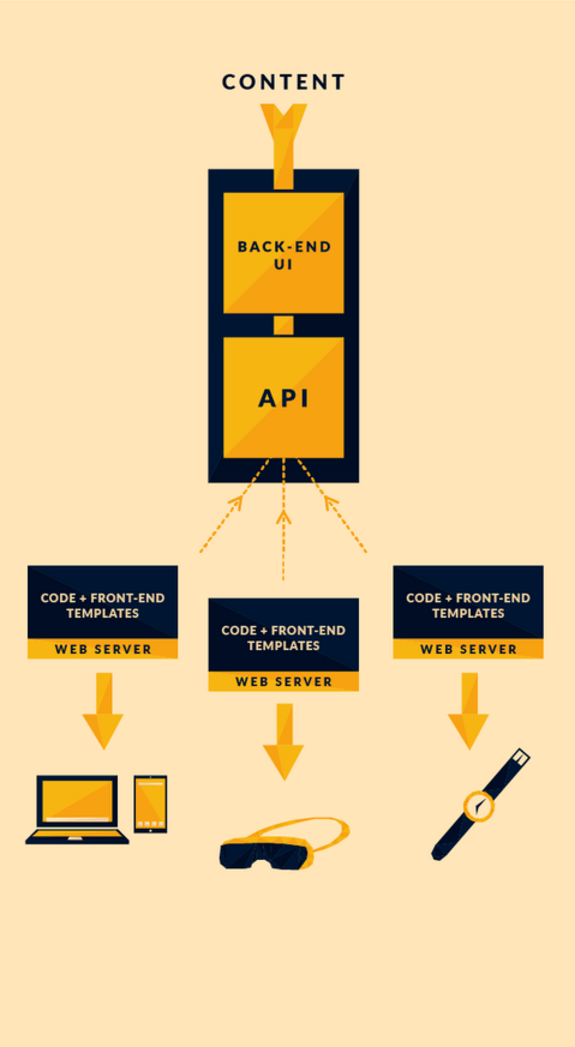
For developers, by separating content from the presentation layer, they have the freedom to customize the frontend to their liking. Connections can be made using REST or GraphQL APIs, and in many cases, developers are also free to work with the framework or language of their choosing.
Headless technology compliments your CaaS solution
As brands look for ways to keep up with changing customer expectations, the technology they choose to help them deliver the right digital experiences will be even more critical.
The traditional content management model is broken, but there is still hope. With content as a service, brands can finally author, manage and deliver content to multiple channels effectively.
CaaS takes a holistic approach to how content is viewed across an organization, but it also needs the right technology in place to support it.
A headless CMS like Core dna can provide the tools necessary to make the CaaS model work with a decoupled approach to content storage and delivery that facilitates personalized and memorable experiences.
Want to learn more about how a headless CMS can change the way you view content? Read our guide Headless CMS: The Definitive Guide.


